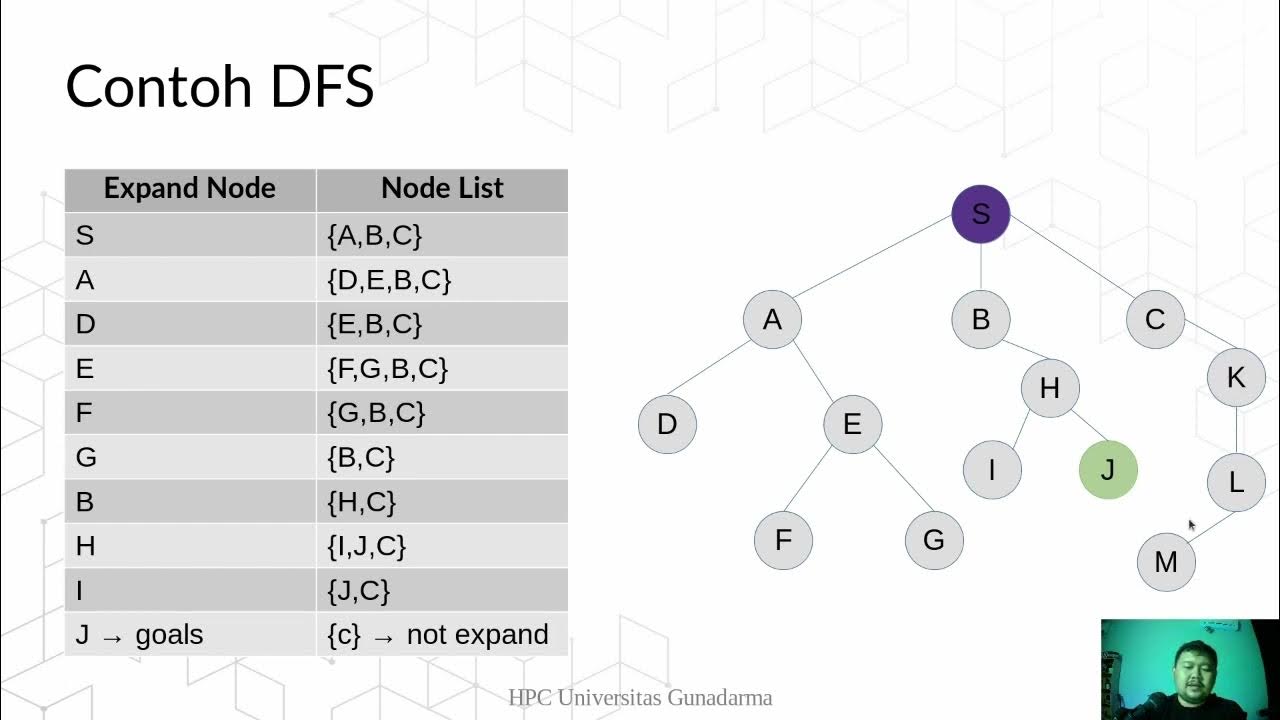Selection Operators Roulette Wheel Ranking Tournament Selection in Genetic Algorithm Mahesh Huddar
Summary
TLDRThis video provides an in-depth explanation of various selection operators used in genetic algorithms. The selection process is crucial for determining which chromosomes are chosen to produce the next population. The video covers three main types of selection techniques: **Fitness-based** (e.g., Relative Wheel Selection, Stochastic Universal Sampling), **Ordinal-based** (e.g., Ranking Selection, Tournament Selection), and **Threshold-based** (e.g., Truncation Selection). Each method is explained with examples to demonstrate how chromosomes are selected based on their fitness, rank, or threshold values. The video highlights the advantages of each technique in ensuring efficient and fair selection of parents for the next generation.
Takeaways
- 😀 Fitness-based selection techniques allow parents to be selected with probability proportional to their fitness, favoring fitter individuals.
- 😀 Relative Wheel Selection is a popular fitness-based method where chromosomes with higher fitness values get larger slices on a wheel, determining their chances of being selected.
- 😀 Stochastic Universal Sampling is similar to Relative Wheel Selection but uses multiple fixed points on the wheel, allowing for multiple parents to be selected simultaneously.
- 😀 Ranking Selection avoids fitness bias by giving each individual the same slice size on the wheel, ensuring fairness in selection.
- 😀 Tournament Selection randomly selects a subset of chromosomes, and the fittest one from the subset is chosen as a parent, repeating this process for additional parents.
- 😀 Truncation Selection is a threshold-based technique where chromosomes are sorted by fitness, and only those above a certain threshold are selected for reproduction.
- 😀 The Relative Wheel Selection method involves calculating the sum of all chromosomes' fitness values and generating a random number to determine the parent selection.
- 😀 In Stochastic Universal Sampling, multiple fixed points on the wheel ensure that even chromosomes with lower fitness values have a chance to be selected.
- 😀 The ranking selection technique eliminates favoritism towards high-fitness individuals by ensuring that all individuals have equal chances in the selection process.
- 😀 Truncation Selection speeds up the selection process for large populations by narrowing down the selection pool based on a predefined fitness threshold.
Q & A
What is the main purpose of parent selection in genetic algorithms?
-The main purpose of parent selection in genetic algorithms is to choose a set of chromosomes that will generate the next population. The selection process ensures that chromosomes with higher fitness values have a better chance of passing on their traits to the next generation.
What are the three main categories of parent selection techniques in genetic algorithms?
-The three main categories of parent selection techniques in genetic algorithms are fitness-based selection techniques, ordinal-based selection techniques, and threshold-based selection techniques.
What is the fitness-based selection technique in genetic algorithms?
-Fitness-based selection techniques involve selecting parents based on their fitness, where individuals with higher fitness have a higher probability of being selected. This is done to ensure that better individuals pass their traits to the next generation.
How does the Relative Wheel Selection technique work in genetic algorithms?
-In the Relative Wheel Selection technique, chromosomes are represented on a wheel, with their slice sizes proportional to their fitness values. A fixed point is placed on the wheel, and the wheel is rotated to randomly select a parent based on the fixed point's position.
What is the main advantage of Stochastic Universal Sampling (SUS) over Relative Wheel Selection?
-The main advantage of Stochastic Universal Sampling (SUS) over Relative Wheel Selection is that it uses multiple fixed points on the selection wheel, which allows multiple parents to be selected at once, ensuring that all chromosomes, even those with lower fitness, have a chance to be selected.
What problem does Ranking Selection aim to solve in genetic algorithms?
-Ranking Selection aims to solve the problem of selection bias when there is a significant difference in fitness between chromosomes. By ranking individuals and giving them equal chances of selection, this technique ensures that no single chromosome is repeatedly selected due to its higher fitness.
How does Tournament Selection work in genetic algorithms?
-In Tournament Selection, a small number (K) of individuals are randomly chosen from the population. The fittest individual in the group is selected as the parent. This process is repeated to select additional parents, ensuring a diverse population.
What is the function of the threshold in Truncation Selection?
-In Truncation Selection, chromosomes are sorted according to their fitness values, and only those individuals whose fitness exceeds a certain threshold are selected as parents. This technique helps to reduce the pool of candidates, especially in large populations, making the selection process more efficient.
What is a potential issue with the Relative Wheel Selection technique?
-A potential issue with the Relative Wheel Selection technique is that it may overly favor chromosomes with significantly higher fitness values. This can lead to a lack of diversity in the population, as the best individuals may be selected too frequently, leaving less fit chromosomes with little chance of reproducing.
How does the use of a ranking method in Ranking Selection affect selection bias?
-The ranking method in Ranking Selection helps to mitigate selection bias by assigning equal chances of selection to all individuals, regardless of their absolute fitness. This ensures that the algorithm does not overly favor high-fitness chromosomes and promotes diversity in the population.
Outlines

This section is available to paid users only. Please upgrade to access this part.
Upgrade NowMindmap

This section is available to paid users only. Please upgrade to access this part.
Upgrade NowKeywords

This section is available to paid users only. Please upgrade to access this part.
Upgrade NowHighlights

This section is available to paid users only. Please upgrade to access this part.
Upgrade NowTranscripts

This section is available to paid users only. Please upgrade to access this part.
Upgrade Now5.0 / 5 (0 votes)





